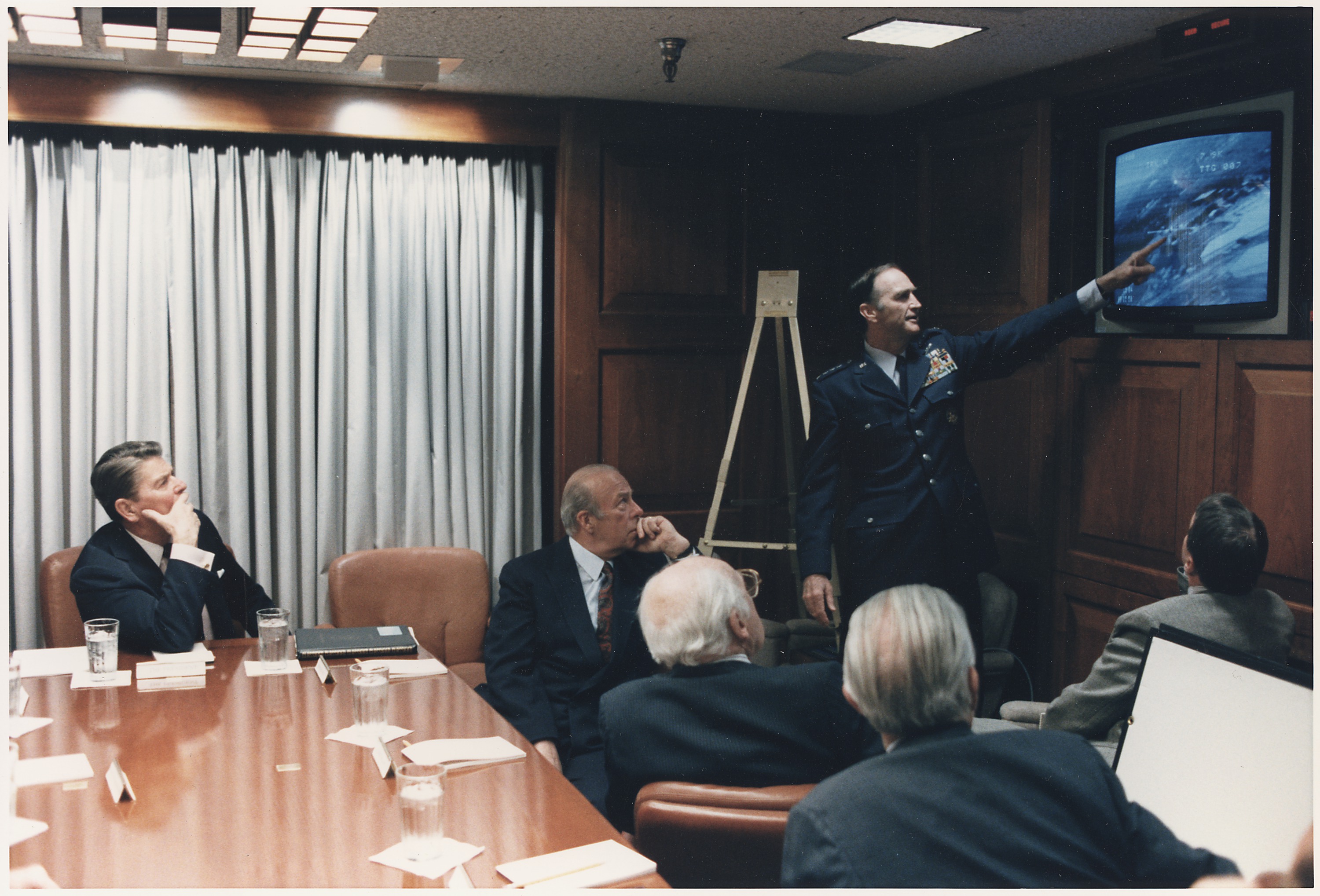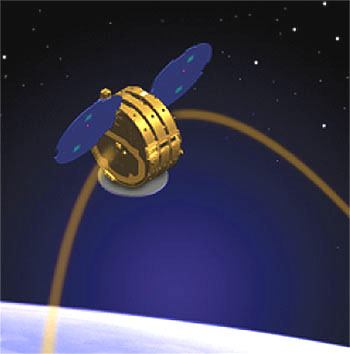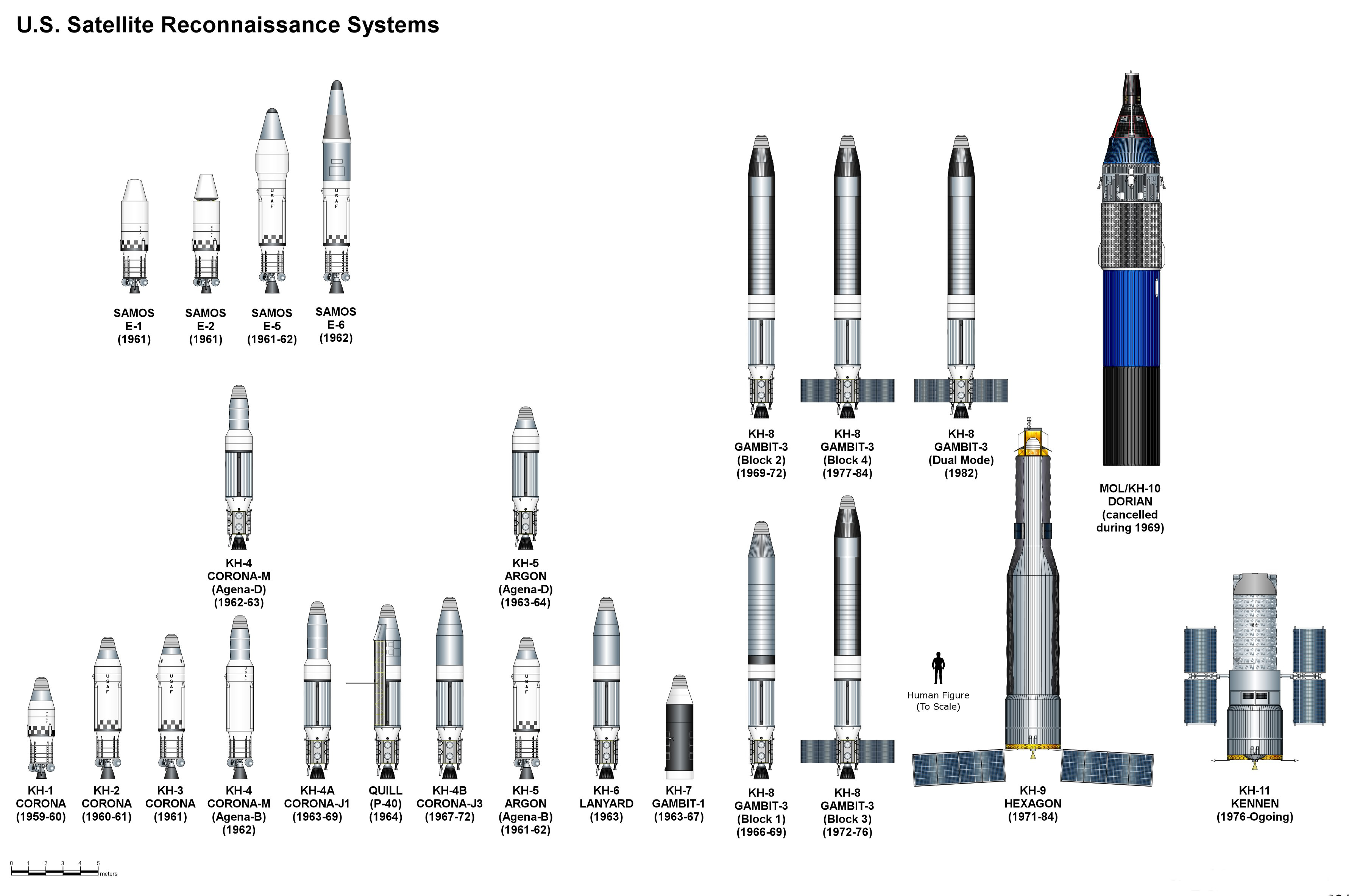|
United States Naval Research Laboratory
The United States Naval Research Laboratory (NRL) is the corporate research laboratory for the United States Navy and the United States Marine Corps. It was founded in 1923 and conducts basic scientific research, applied research, technological development and prototyping. The laboratory's specialties include plasma physics, space physics, materials science, and tactical electronic warfare. NRL is one of the first US government scientific R&D laboratories, having opened in 1923 at the instigation of Thomas Edison, and is currently under the Office of Naval Research. As of 2016, NRL was a Navy Working Capital Fund activity, which means it is not a line-item in the US Federal Budget. Instead of direct funding from Congress, all costs, including overhead, were recovered through sponsor-funded research projects. NRL's research expenditures were approximately $1 billion per year. Research The Naval Research Laboratory conducts a wide variety of basic research and applied re ... [...More Info...] [...Related Items...] OR: [Wikipedia] [Google] [Baidu] |
National Security
National security, or national defence, is the security and defence of a sovereign state, including its citizens, economy, and institutions, which is regarded as a duty of government. Originally conceived as protection against military attack, national security is widely understood to include also non-military dimensions, including the security from terrorism, minimization of crime, economic security, energy security, environmental security, food security, and cyber-security. Similarly, national security risks include, in addition to the actions of other nation states, action by violent non-state actors, by narcotic cartels, and by multinational corporations, and also the effects of natural disasters. Governments rely on a range of measures, including political, economic, and military power, as well as diplomacy, to safeguard the security of a nation state. They may also act to build the conditions of security regionally and internationally by reducing transnational caus ... [...More Info...] [...Related Items...] OR: [Wikipedia] [Google] [Baidu] |
Graphene
Graphene () is an allotrope of carbon consisting of a single layer of atoms arranged in a hexagonal lattice nanostructure. "Carbon nanostructures for electromagnetic shielding applications", Mohammed Arif Poothanari, Sabu Thomas, et al., ''Industrial Applications of Nanomaterials'', 2019. "Carbon nanostructures include various low-dimensional allotropes of carbon including carbon black (CB), carbon fiber, carbon nanotubes (CNTs), fullerene, and graphene." The name is derived from "graphite" and the suffix -ene, reflecting the fact that the allotrope of carbon contains numerous double bonds. Each atom in a graphene sheet is connecte ... [...More Info...] [...Related Items...] OR: [Wikipedia] [Google] [Baidu] |
Minitrack
The Minitrack Network was the first U.S. satellite tracking network to become operational, in 1957. It was used to track the flights of Sputnik, Vanguard, Explorer, and other early space efforts. Minitrack was the progenitor of Spacecraft Tracking and Data Acquisition Network (STADAN) and the Manned Space Flight Network (MSFN). Origins When the proposals for satellites floated in the mid 1950s, the question of tracking them naturally arose. Three approaches were considered: * Optical tracking * Use of radar * A scheme from the United States Naval Research Laboratory (NRL) that measured angles using interferometry, based on work at the White Sands Missile Range. The optical and radar approaches did not require a cooperative target, but had the major problem of acquisition, or finding the target in the first place, since they had very small fields of view. The NRL proposal needed a transmitter on the target, but could easily measure a target anywhere in a wide field of view. The ... [...More Info...] [...Related Items...] OR: [Wikipedia] [Google] [Baidu] |
Tactical Satellite Program
During the second half of 2002, the Naval Research Laboratory studied the tactical application of space assets. Relatively new technologies and processes in the areas of microsatellites, affordable and quick-response launch vehicles, and the classified SIPRNet (Secret Internet Protocol Router Network) made tactical use of space assets possible in the relatively near term. The DoD's Office of Force Transformation (OFT) agreed with the core findings of the study and decided to start an Operationally Responsive Space (ORS) Initiative consisting of a series of experiments. TacSat-1 is the first experiment in this OFT initiative. The TacSat-1 experiment received go-ahead on 7 May 2003. The TacSat series of experimental spacecraft are designed to allow military commanders on a battlefield to request and obtain imagery and other data from a satellite as it passes overhead. Collected data will be delivered to field commanders in minutes rather than hours or days. All TacSats have ... [...More Info...] [...Related Items...] OR: [Wikipedia] [Google] [Baidu] |
Coriolis (satellite)
The Coriolis satellite is a Naval Research Laboratory (NRL) and Air Force Research Laboratory (AFRL) Earth and space observation satellite launched from Vandenberg Air Force Base, on 2003-01-06 at 14:19 GMT. Instruments WINDSAT ''WINDSAT'' is a joint Integrated Program Office/Department of Defense demonstration project, intended to measure ocean surface wind speed and wind direction from space using a polarimetric radiometer. WINDSAT was developed and managed by the Space Test Program at Kirtland AFB in New Mexico, designed for a three-year lifetime. It is primarily designed to measure ocean surface wind direction ( nonprecipitating conditions) with a 25-km spatial resolution. Secondary measurements are Sea surface temperature, soil moisture, rain rate, ice and snow characteristics and water vapor. Solar Mass Ejection Imager (SMEI) The ''Solar Mass Ejection Imager'' (SMEI) is an instrument intended to detect disturbances in the solar wind by means of imaging scattered ... [...More Info...] [...Related Items...] OR: [Wikipedia] [Google] [Baidu] |
Timation
The Timation satellites were conceived, developed, and launched by the United States Naval Research Laboratory in Washington, D.C. beginning in 1964. The concept of Timation was to broadcast an accurate time reference for use as a ranging signal to receivers on the ground. On 31 May 1967, the Timation-1 satellite was launched. This was followed by the Timation-2 satellite launch in 1969. The results of this program and Air Force Project 621B formed the basis for the Global Positioning System (GPS). The Navy's contribution to the GPS program continued to be focused on ever more accurate clocks. History There is a historical connection between accurate time keeping, navigation, and the Navy. In 1714, the British government passed the ''Longitude Act'' (see longitude prize) to create an incentive to solve the problem of navigation at sea. The solution, developed by John Harrison, was an accurate clock which could compare local time to Greenwich, England time. To this day, Coordin ... [...More Info...] [...Related Items...] OR: [Wikipedia] [Google] [Baidu] |
Global Positioning System
The Global Positioning System (GPS), originally Navstar GPS, is a satellite-based radionavigation system owned by the United States government and operated by the United States Space Force. It is one of the global navigation satellite systems (GNSS) that provides geolocation and time information to a GPS receiver anywhere on or near the Earth where there is an unobstructed line of sight to four or more GPS satellites. It does not require the user to transmit any data, and operates independently of any telephonic or Internet reception, though these technologies can enhance the usefulness of the GPS positioning information. It provides critical positioning capabilities to military, civil, and commercial users around the world. Although the United States government created, controls and maintains the GPS system, it is freely accessible to anyone with a GPS receiver. The GPS project was started by the U.S. Department of Defense in 1973. The first prototype spacecraft was lau ... [...More Info...] [...Related Items...] OR: [Wikipedia] [Google] [Baidu] |
Soviet Union
The Soviet Union,. officially the Union of Soviet Socialist Republics. (USSR),. was a transcontinental country that spanned much of Eurasia from 1922 to 1991. A flagship communist state, it was nominally a federal union of fifteen national republics; in practice, both its government and its economy were highly centralized until its final years. It was a one-party state governed by the Communist Party of the Soviet Union, with the city of Moscow serving as its capital as well as that of its largest and most populous republic: the Russian SFSR. Other major cities included Leningrad (Russian SFSR), Kiev (Ukrainian SSR), Minsk ( Byelorussian SSR), Tashkent (Uzbek SSR), Alma-Ata (Kazakh SSR), and Novosibirsk (Russian SFSR). It was the largest country in the world, covering over and spanning eleven time zones. The country's roots lay in the October Revolution of 1917, when the Bolsheviks, under the leadership of Vladimir Lenin, overthrew the Russian Provisional Government ... [...More Info...] [...Related Items...] OR: [Wikipedia] [Google] [Baidu] |
Intelligence Satellite
A reconnaissance satellite or intelligence satellite (commonly, although unofficially, referred to as a spy satellite) is an Earth observation satellite or communications satellite deployed for military or intelligence applications. The first generation type (i.e., Corona and Zenit) took photographs, then ejected canisters of photographic film which would descend back down into Earth's atmosphere. Corona capsules were retrieved in mid-air as they floated down on parachutes. Later, spacecraft had digital imaging systems and downloaded the images via encrypted radio links. In the United States, most information available about reconnaissance satellites is on programs that existed up to 1972, as this information has been declassified due to its age. Some information about programs before that time is still classified information, and a small amount of information is available on subsequent missions. A few up-to-date reconnaissance satellite images have been declassified o ... [...More Info...] [...Related Items...] OR: [Wikipedia] [Google] [Baidu] |
Galactic Radiation And Background
Galactic Radiation and Background (GRAB) was the first successful United States orbital surveillance program, comprising a series of five Naval Research Laboratory electronic surveillance and solar astronomy satellites, launched from 1960 to 1962. Though only two of the five satellites made it into orbit, they returned a wealth of information on Soviet air defense radar capabilities as well as useful astronomical observations of the Sun. Development In 1957, the Soviet Union began deploying the S-75 Dvina surface-to-air missile, controlled by Fan Song fire control radars. This development made penetration of Soviet air space by American bombers more dangerous. The United States Air Force began a program of cataloging the rough location and individual operating frequencies of these radars, using electronic reconnaissance aircraft flying off the borders of the Soviet Union. This program provided information on radars on the periphery of the Soviet Union, but information o ... [...More Info...] [...Related Items...] OR: [Wikipedia] [Google] [Baidu] |
Vanguard II
Vanguard 2 (or Vanguard 2E before launch) is an Earth-orbiting satellite launched 17 February 1959 at 15:55:02 GMT, aboard a Vanguard SLV-4 rocket as part of the United States Navy's Project Vanguard. The satellite was designed to measure cloud cover distribution over the daylight portion of its orbit, for a period of 19 days, and to provide information on the density of the atmosphere for the lifetime of its orbit (about 300 years). As the first weather satellite and one of the first orbital space missions, the launch of Vanguard 2 was an important milestone in the Space Race between the United States and the Soviet Union. Vanguard 2 remains in orbit. upright=1.3, The Vanguard 2 satellite sketch Previous satellites Before the successful 1959 launch of the satellite that became known as Vanguard 2, multiple attempted launches of satellites named "Vanguard 2" were made in 1958. All of these launches failed to reach orbit. The satellites that failed to reach orbit were: * ... [...More Info...] [...Related Items...] OR: [Wikipedia] [Google] [Baidu] |
Vanguard I
Vanguard 1 (Harvard designation: 1958-Beta 2, COSPAR ID: 1958-005B ) is an American satellite that was the fourth artificial Earth-orbiting satellite to be successfully launched, following Sputnik 1, Sputnik 2, and Explorer 1. It was launched 17 March 1958. Vanguard 1 was the first satellite to have solar electric power. Although communications with the satellite were lost in 1964, it remains the oldest human-made object still in orbit, together with the upper stage of its launch vehicle. Vanguard 1 was designed to test the launch capabilities of a three-stage launch vehicle as a part of Project Vanguard, and the effects of the space environment on a satellite and its systems in Earth orbit. It also was used to obtain geodetic measurements through orbit analysis. Vanguard 1, being small and light enough to carry with one hand, was described by the Soviet Premier, Nikita Khrushchev, as "the grapefruit satellite". Spacecraft design The spacecraft is a aluminium sphere 6 in ... [...More Info...] [...Related Items...] OR: [Wikipedia] [Google] [Baidu] |








